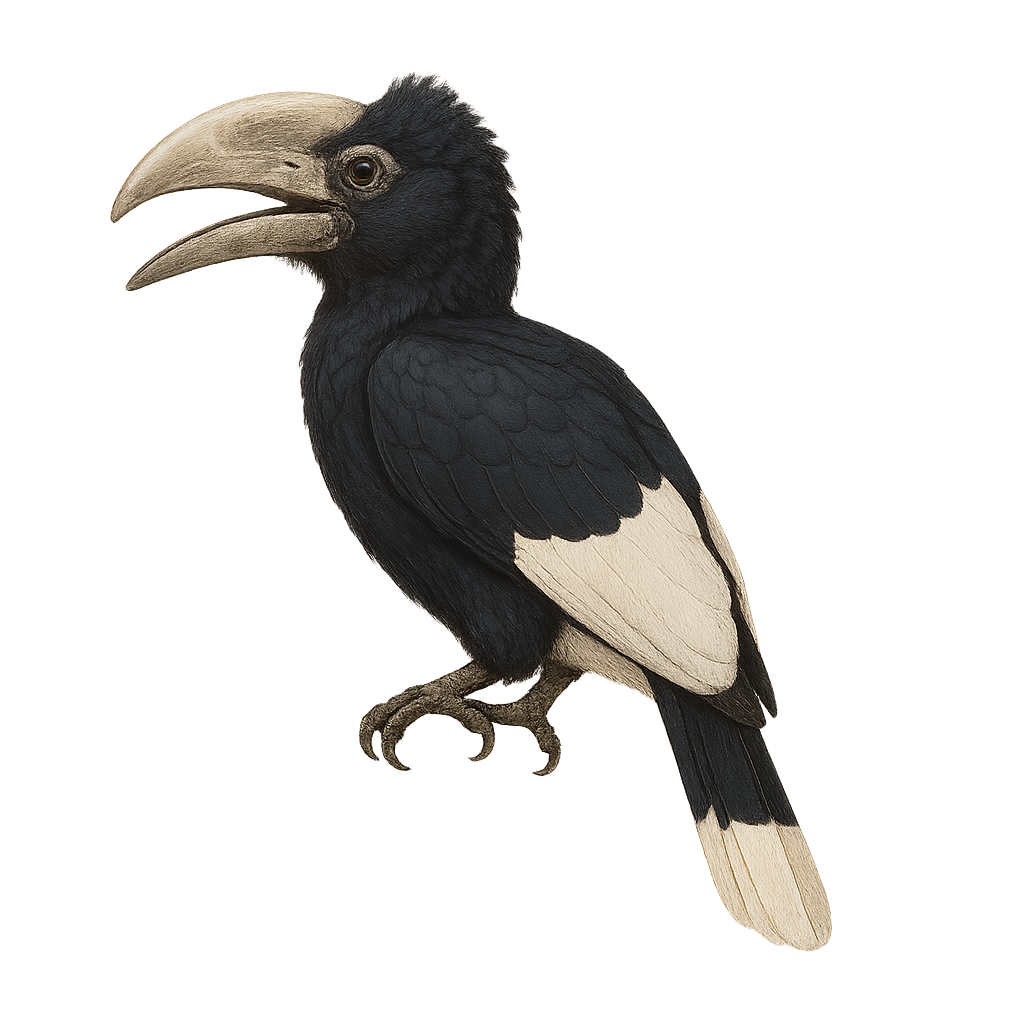Your wildlife photography guide.
Explore the white-thighed hornbill in detail, study its behavior, prepare your shots.
Where to observe and photograph the white-thighed hornbill in the wild
Learn where and when to spot the white-thighed hornbill in the wild, how to identify the species based on distinctive features, and what natural environments it inhabits. The WildlifePhotographer app offers tailored photography tips that reflect the white-thighed hornbill’s behavior, helping you capture better wildlife images. Explore the full species profile for key information including description, habitat, active periods, and approach techniques.
White-thighed Hornbill
Scientific name: Bycanistes albotibialis

IUCN Status: Least Concern
Family: BUCEROTIDAE
Group: Birds
Sensitivity to human approach: Suspicious
Minimum approach distance: 10 m
Courtship display: March to April
Incubation: 38-40 jours
Hatchings: April to June
Habitat:
Tropical forests, wooded savannas
Activity period :
Primarily active during the day, with peak activity in the morning and late afternoon.
Identification and description:
The White-thighed Hornbill, or Bycanistes albotibialis, is a striking bird with distinctive black and white plumage and a large bill. It primarily inhabits the tropical forests of Central and West Africa. This bird mainly feeds on fruits but can also consume insects and small animals. Hornbills are known for their social behavior, often seen in small groups. They nest in tree cavities, where the female is sealed in during the incubation period. The White-thighed Hornbill plays a crucial role in seed dispersal, contributing to forest regeneration. Although their population is stable, deforestation poses a potential threat to their natural habitat.
Recommended lens:
400mm – adjust based on distance, desired framing (portrait or habitat), and approach conditions.
Photography tips:
To photograph the White-thighed Hornbill, it is advisable to use a telephoto lens of at least 400mm to capture detailed images without disturbing the bird. Look for dense forest areas where these birds are often active. Be patient and discreet, as they can be suspicious. Try to capture moments when the hornbill is feeding or interacting with other group members. The natural light of the morning or afternoon can provide ideal conditions for photos with good contrast and vibrant colors.
The WildlifePhotographer App is coming soon!
Be the first to explore the best nature spots, track rutting seasons, log your observations, and observe more wildlife.
Already 1 431 wildlife lovers subscribed worldwide

